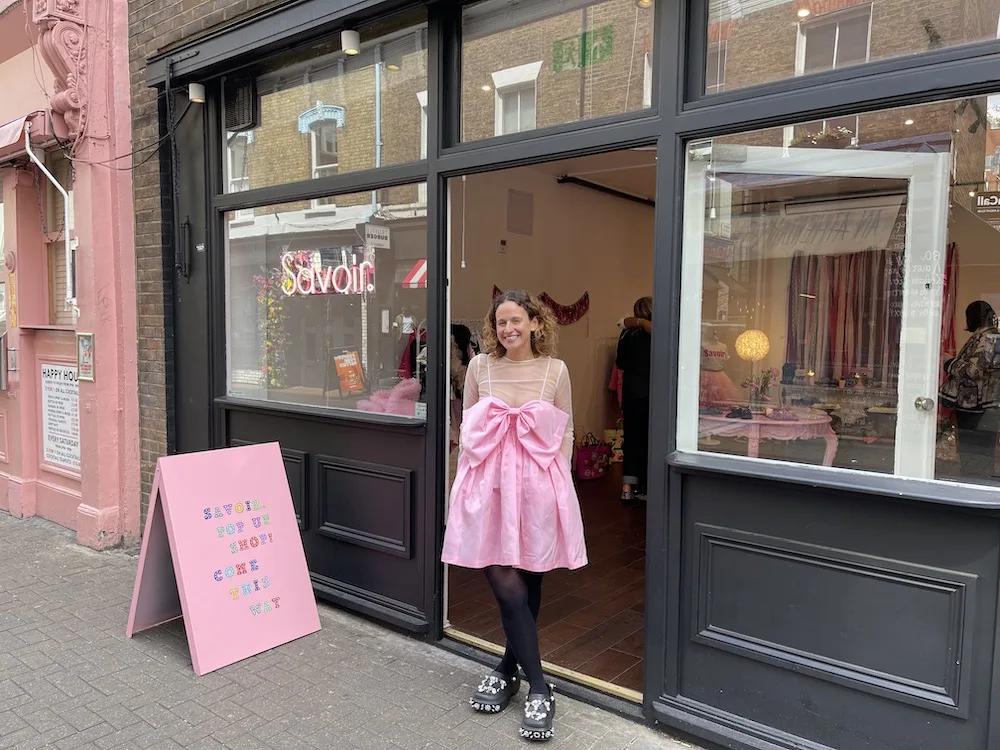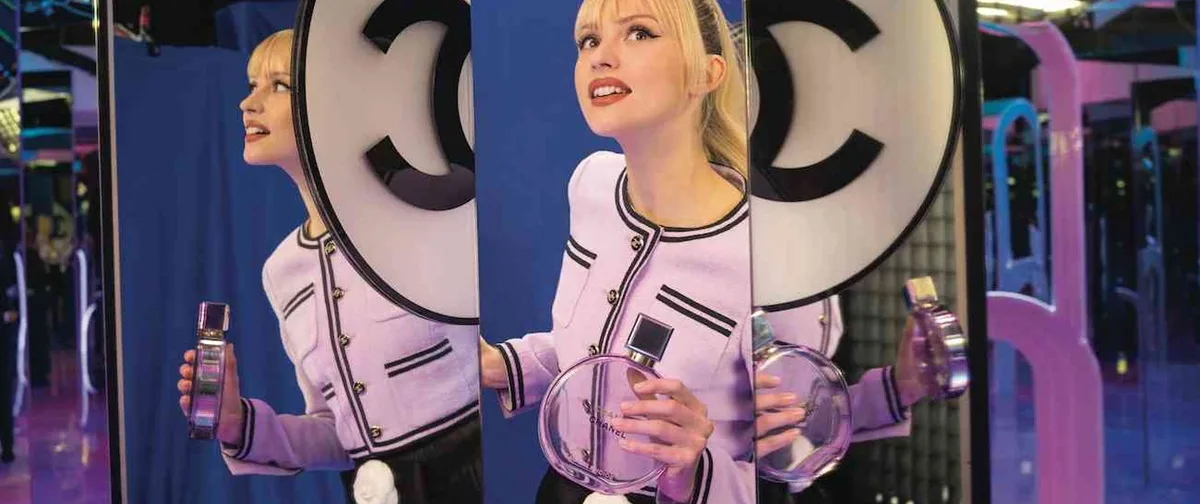Prepare to be transported back in time as Tate Britain opens its doors to an enchanting exhibition that marries the sartorial splendour and luxury of the late Victorian and Edwardian eras with the masterful brushstrokes of John Singer Sargent.
An American expat from birth, Sargent had a nomad childhood, travelling around Europe with his parents and siblings. By the age of 17, Sargent was fluent in Italian, French and German, besides English. His nomadic life facilitated his study of the Old Masters. He was particularly influenced by Diego de Velázquez’s realism and Frans Hals’s bold strokes, both of which he’d make his own.
Considered the leading portrait painter of his generation, Sargent used fashion as a powerful tool to depict identity and personality. He worked like a stylist would do to craft the image of the sitters he painted, often choosing the outfits of his subjects and manipulating their clothing. This innovative use of costume was central to his artwork – for example, tugging a heavy coat tighter around a man to emphasise his figure or letting a dress strap sensuously slip from a woman’s shoulder.


Left: Lady Helen Vincent, Viscountess d’Abernon, 1904. Collection of the Birmingham Museum of Art, Alabama. Right: Portrait of Ena Wertheimer: A Vele Gonfie, 1904. Tate. Photo © Tate (Oliver Cowling).
This exhibition organised by Tate Britain and the Museum of Fine Arts, London, focuses precisely on this component of the artist’s creative process, and how he used fashion as part of his artistic expression. “The coat is the picture,” Sargent once told fellow painter, author, and collector, Graham Robertson. The show features Robertson’s portrait among nearly 60 others, including major portraits that rarely travel. Several period garments and accessories are showcased alongside the portraits they were worn in, among them Ellen Terry as Lady Macbeth with her beetle-wing-encrusted costume, and Mrs. Charles Inches (Louise Pomeroy) with her red velvet evening gown.
Sargent’s keen eye for detail, together with his ability to render fabrics, textures and the play of light on clothing, elevate his portraits to a level of unparalleled sophistication. The exhibition delves into the artist’s meticulous approach to capturing the nuances of fashion, highlighting the exquisite craftsmanship of garments and the way in which they contribute to the overall narrative of each portrait.


Left: Portrait of Miss Elsie Palmer (A Lady in White), 1889-90. Colorado Springs Fine Arts Center (Colorado Springs, USA). Right: Mrs Hugh Hammersley, 1892. Lent by the Metropolitan Museum of Art. © The Metropolitan Museum of Art/Art Resource/Scala, Florence.
The clothing worn by Sargent’s subjects becomes a mirror that reflects the social norms, aspirations and shifting paradigms of the time, offering a rich tapestry of history woven into every brushstroke. From lace and silk to velvet and satin, Sargent’s brush immortalizes the luxurious fabrics that adorned his sitters. An excellent example is the striking Lady Helen Vincent, Viscountess d’Abernon, 1904, dressed in opulent fabrics befitting of her position in society.
Other samples of Sargent’s precision and flair when capturing the essence of his subjects are the playful A Dinner Table at Night and the notorious Madame X. His depiction of socialite, Virginie Amélie Avegno Gautreau scandalised the Paris Salon in 1884. Such was the outrage caused by Madame X, that Sargent moved to England, where he continued his career; very successfully.
Sargent and Fashion
Tate Britain
Millbank, London SW1P 4RG
Until 7th July 2024. More information and tickets, HERE.
Author: Lavinia Dickson-Robinson
Opening picture: John Singer Sargent, Ena and Betty, Daughters of Asher and Mrs Wertheimer, 1901 (cropped from the original). Oil on canvas; 185.4 x 130.8 cm. Tate. Photo © Tate (Joe Humphrys)

















Show Comments +